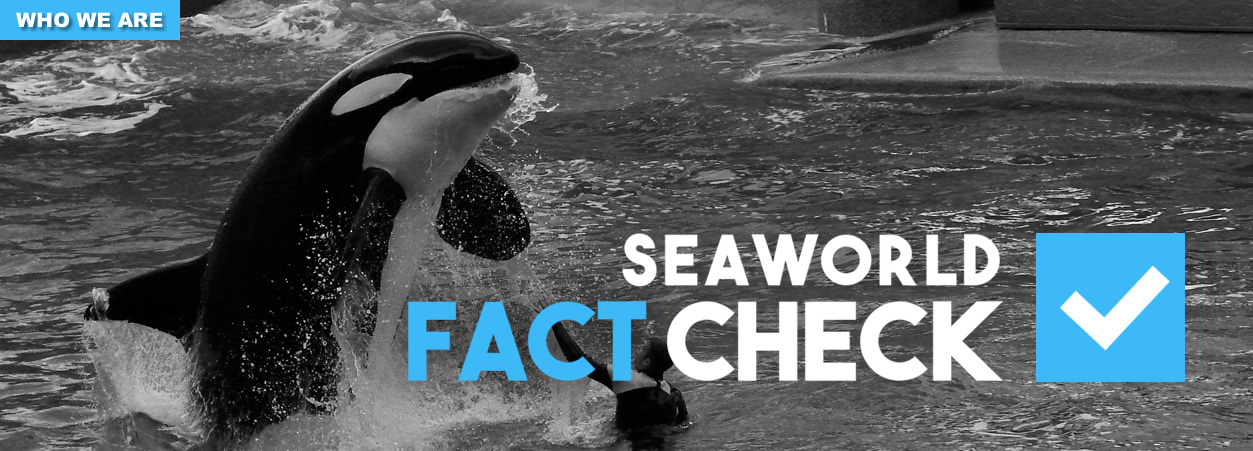In the wild, orcas are not strictly diurnal or nocturnal; that is, they are not active during the day and asleep at night like people or asleep during the day and active at night like raccoons. They essentially follow the activity of their prey; if they target prey species that are tied to a certain day/night schedule, then they typically follow that schedule (Baird 2000). So they appear to rest when they are tired, which might routinely be during daylight hours, as well as during the night. Foraging, socializing, and traveling may occur at any hour of the day or night as well. For example, fish-eating northeastern Pacific orcas are known to forage actively at night during salmon spawning season and are frequently observed resting for up to several hours at a stretch during the day.
In captivity, orcas are forced into a diurnal cycle, paralleling that of their human caretakers. They are left for up to 8-10 hours at night with little human interaction. Given the limited size and lack of variety in texture and contours of their enclosures
(see, e.g., entry under HABITAT/KILLER WHALE TANKS), these prolonged periods of inactivity and lack of stimulation are both unnatural and potentially stressful.
References:
Baird, R.W. 2000. The killer whale. pp. 127-153. In: J. Mann, R.C. Connor, P.L. Tyack, and H. Whitehead (eds.) Cetacean Societies, University of Chicago Press: Chicago. 433 pp.
Our whales and dolphins experience a wide variety of activities and rest periods throughout each day. The most obvious interactions with our staff are the shows and presentations we share with our guests. However, these shows are just one of several different types of interactions with have with our stadium-based whale and dolphin groups each day. Our Animal Training team also engages with our animals in sessions focused on learning, exercise, husbandry, relationship-building, and play. We believe that this diversity of interactions is vital to providing for the overall health and well-being of the animals in our care.
Much of the day is also set aside as unstructured time, allowing our whales and dolphins to just interact with one another. These are highly social animals. Providing time to develop and maintain relationships among the whales and dolphins themselves is every bit as important as creating opportunities to develop strong relationships between the animals and our staff.
While staff is present at each of our SeaWorld parks around the clock, portions of the day and most of the night do not see our training staff directly interacting with our animals. During these times, members of our team will check in periodically to see how things are going.

